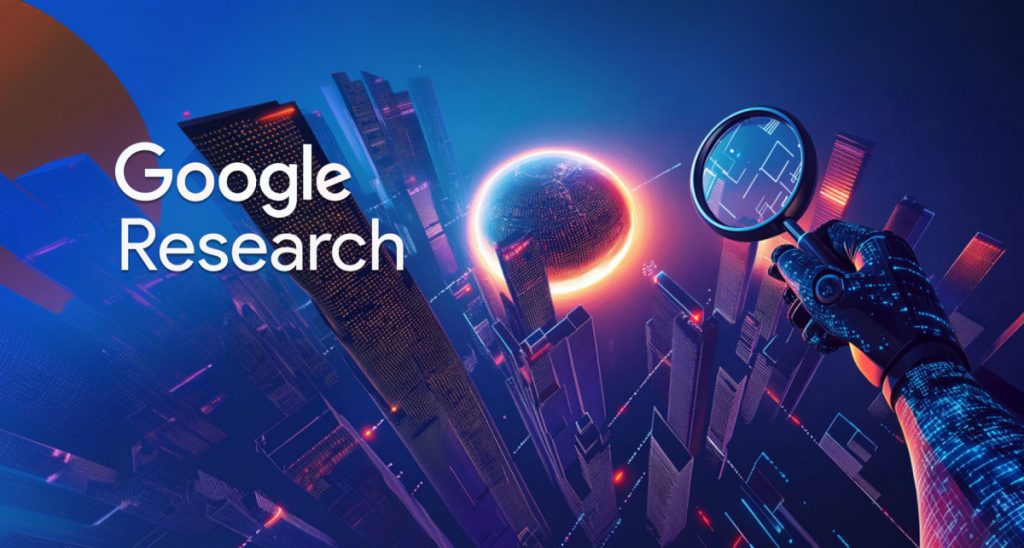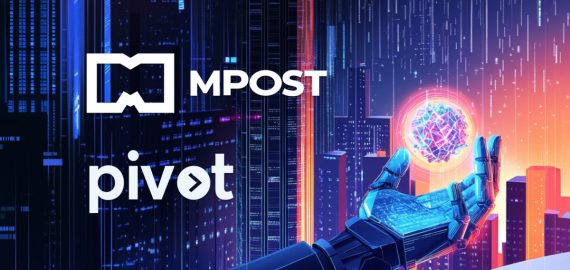Google Presents SensorLM That Translates Sensor Signals Into Human-Centric Health Insights



Division focused on both foundational and applied research, Google Research introduced SensorLM, a new family of sensor–language foundation models designed to enhance the interpretation of high-dimensional wearable sensor data. Trained on an extensive 59.7 million hours of multimodal sensor input from more than 103,000 individuals, SensorLM is capable of producing detailed, human-readable descriptions from complex sensor signals, establishing a new benchmark in the field of sensor data analysis.
In order to develop the training dataset for SensorLM, approximately 2.5 million person-days of de-identified sensor data were sampled from 103,643 participants across 127 countries. This data was gathered from Fitbit and Pixel Watch devices during the period from March 1 to May 1, 2024, with all participants providing informed consent for the use of their anonymized data in research aimed at advancing general knowledge in health and science.
Researchers implemented an automated hierarchical pipeline that generates descriptive captions by computing statistics, recognizing patterns, and summarizing events directly from the sensor data to address the challenge of labeling large-scale data. This approach enabled the creation of what is currently the largest known dataset aligning sensor inputs with language, surpassing the scale of datasets used in prior research.
The architecture of SensorLM incorporates and harmonizes widely used multimodal pre-training methodologies, notably contrastive learning and generative pre-training, into a unified framework. In the contrastive learning phase, the model is trained to associate segments of sensor data with the appropriate textual descriptions selected from a group of alternatives.
This process enables the model to accurately differentiate between various physical activities or physiological states, such as distinguishing between a light swim and a strength-focused workout. In the generative pre-training phase, the model learns to produce textual descriptions directly from sensor inputs, enhancing its ability to convey complex, context-sensitive interpretations of high-dimensional data. The integration of these training strategies allows SensorLM to form a comprehensive and nuanced multimodal understanding of how sensor data maps to natural language.
Experiments Reveal SensorLM’s Advanced Capabilities In Zero-Shot Classification, Few-Shot Learning, And Cross-Modal Understanding
According to Google Research, the performance of SensorLM was assessed across diverse real-world scenarios involving human activity recognition and healthcare applications, showing clear improvements over existing leading models in these domains. SensorLM performs particularly well in environments with limited labeled data. It demonstrated strong zero-shot classification capabilities, correctly identifying 20 different activities without requiring model fine-tuning, and showed effective few-shot learning, adapting quickly to new tasks with minimal examples. Its cross-modal retrieval functionality also enables mutual interpretability between sensor data and natural language, allowing users to search sensor patterns using text or generate relevant descriptions from sensor inputs—an approach that supports expert analysis workflows.
In addition to classification, SensorLM is capable of generating structured and context-aware textual summaries based solely on wearable sensor inputs. Experimental comparisons indicate that these outputs are generally more coherent and accurate than those generated by non-domain-specific language models. The research also observed that SensorLM’s performance scales consistently with increases in training data, model size, and computational resources, aligning with previously established principles in model scaling. These findings suggest the approach remains in an early phase of its potential and warrants continued exploration.
The development of SensorLM introduces a framework for interpreting complex wearable sensor data through natural language. This is made possible by a newly developed hierarchical captioning method and what is believed to be the largest sensor-language dataset assembled to date. As a result, the SensorLM model family provides a step forward in enhancing the accessibility and utility of personal health data. By enabling machines to interpret physiological signals through language, this work lays the groundwork for more tailored and informative health feedback. Future efforts will explore expansion into domains such as metabolic profiling and advanced sleep monitoring, with the broader goal of supporting personalized wellness tools, clinical monitoring systems, and digital health assistants capable of natural language interaction. The development and deployment of any future products based on this research may be subject to clinical validation and regulatory oversight.
Disclaimer
In line with the Trust Project guidelines, please note that the information provided on this page is not intended to be and should not be interpreted as legal, tax, investment, financial, or any other form of advice. It is important to only invest what you can afford to lose and to seek independent financial advice if you have any doubts. For further information, we suggest referring to the terms and conditions as well as the help and support pages provided by the issuer or advertiser. MetaversePost is committed to accurate, unbiased reporting, but market conditions are subject to change without notice.
About The Author
Alisa, a dedicated journalist at the MPost, specializes in cryptocurrency, zero-knowledge proofs, investments, and the expansive realm of Web3. With a keen eye for emerging trends and technologies, she delivers comprehensive coverage to inform and engage readers in the ever-evolving landscape of digital finance.
More articles

Alisa, a dedicated journalist at the MPost, specializes in cryptocurrency, zero-knowledge proofs, investments, and the expansive realm of Web3. With a keen eye for emerging trends and technologies, she delivers comprehensive coverage to inform and engage readers in the ever-evolving landscape of digital finance.


















































